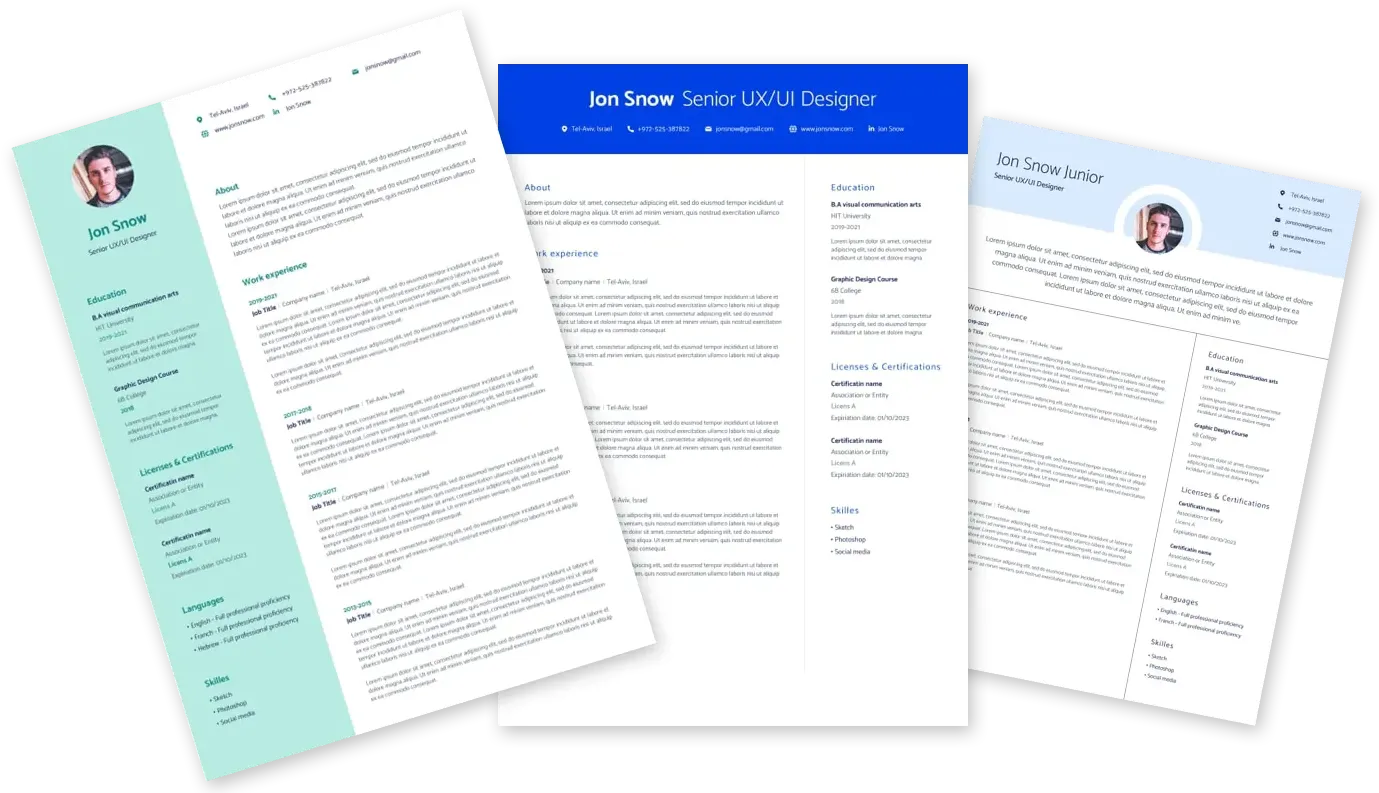
המקום בו המומחים והחברות הטובות ביותר נפגשים

Apple Supply Demand Planner United States, California, Cupertino 495170081
21.04.2025
- Master’s degree or foreign equivalent in Operation Research, Industrial Engineering, Supply Chain, Mechanical Engineering, Logistics or related field and 2 years of experience in the job offered or related occupation.
- 2 years of experience in each of the following skills:
- Utilizing historical data and market trends to predict future demand for similar products
- Utilizing statistical forecasting methods such as time series analysis, moving averages, or exponential smoothing to generate demand forecasts
- Identifying seasonality patterns for future forecasts
- Using inventory optimization techniques for inventory management such as safety stock management, replenishment management, minimum stocking levels, excess and obsolete
- reviews
- Implementing inventory cost savings initiatives such as alternative sourcing strategy and minimizing expenditure
- Generating weekly supply plans aligned with organization targets for inventory turns and customer service levels
- Monitoring KPIs (Key performance indicators) such as Fill Rate, Inventory Turns, Weeks of Supply, Customer backlog
- Reviewing Clear-to-Build and manufacturing capacities to identify potential supply chain disruptions proactively
- Building supply chain models to account for the impact of demand, supply, and/or lead times
- Managing product master data, supply strategy, maintaining country of origin and product sourcing strategy based on country of origin eligibility
- Using sophisticated inventory planning or optimizing or ERP tools such as Oracle Demantra, SAP, or JDA
- Analyzing large datasets using statistical analysis tools such as Excel, R, Python, or SQL to manipulate data efficiently and derive actionable insights from it
- Leverage data analytics and optimization techniques to analyze system parameters such as safety stock levels, lead times, and order quantities
- Generate a short term and long-term guidance to Original Equipment Manufacturers that drive the procurement of raw materials, components, and finished goods from suppliers
- Identifying potential bottlenecks, optimizing resource utilization, and making strategic investments in capacity expansion or optimization to support business growth and capacity planning
משרות נוספות שיכולות לעניין אותך
